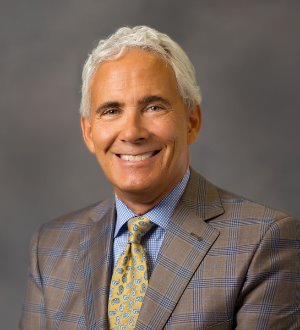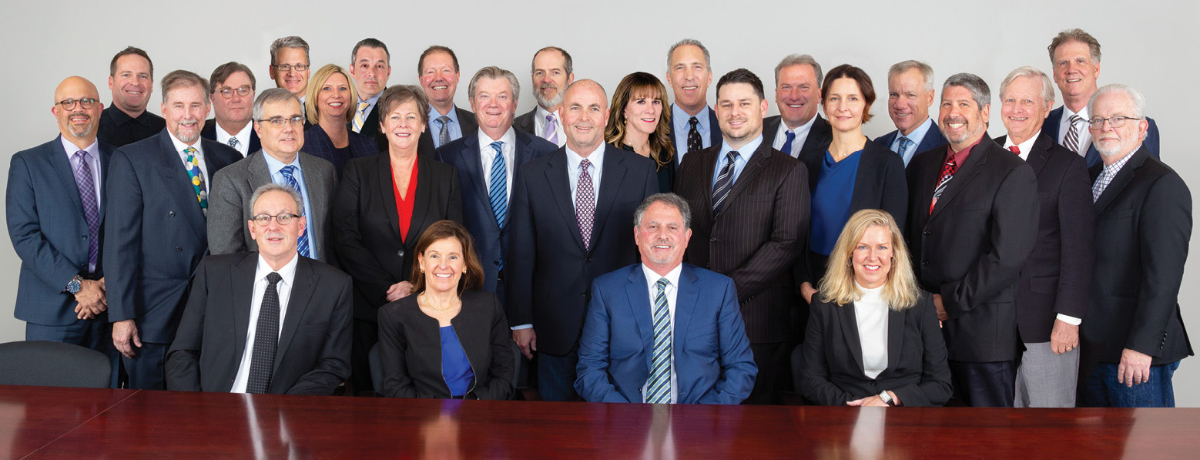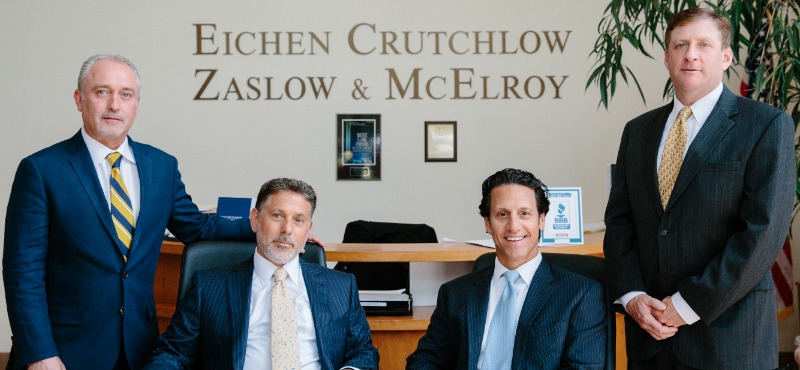…Or, as I like to say, “no judgments during brainstorming.” In the world of class actions, one well-executed idea can make an entire career. The stakes are very high, and coming up with the next big case is a serious focus for any attorney looking to be a part of this practice area, even as local or liaison counsel. We take that cliché very seriously: there really and truly is no such thing as a stupid idea. This month’s article will focus on how the courage of creative thinking can translate into significant recovery for consumers, small businesses, and their lawyers.
The names and circumstances have been changed just a bit to allow the involved parties to save face, but these are all inspired by actual events that have resulted in significant recovery.
Consumer protection statutes have been on the books in various states for decades. Generally speaking, they prohibit “unfair or deceptive” acts and practices. Some of them get much more specific, listing categories of conduct that are deceptive. For example, the Ohio CSPA states that representing that a specific price advantage exists if it does not is a prohibited deceptive practice. Well, as you can tell, this isn’t too much more specific than “unfair or deceptive”. So a lot of the creativity comes from arguing what could constitute a “price advantage.”
As mentioned in prior articles, one of the trending areas of consumer class actions is the constant sale case. If everything in the store is on sale all the time, the higher “regular” reference price is simply fictional – the company made it up. Therefore, the “discount” you supposedly get is a represented “price advantage” that doesn’t, in fact, exist. Before 2012, no one had come up with that idea. All it took was one creative thinker to take a look around, analyze the representation that was being made, and to bring it up at a department meeting. Today, there has been NINE-figures (and counting…) in consumer recovery for these practices across the country.
There is a federal spam statute called the Telephone Consumer Protection Act, which prohibits unsolicited commercial telephone calls and text messages to cell phones. There are many technical contours to this statute, but generally speaking, if a consumer provides their number to a company, that company can text the consumer for informational purposes, but NOT for telemarketing purposes. If a company wants to send telemarketing texts, they need express prior written consent from the consumer.
Well, an attorney received a seemingly benign text message from a large social media company simply saying “Go to the website or text 99999 to say Hi! to your follower John Doe.” After some consideration, the attorney had a Eureka! moment: this is a telemarketing text message. The social media company makes its money when its users engage its platform. This wasn’t a purely informational text message. It didn’t say “Give John a call!” or “Shoot John a text!” It specifically solicited engagement with the company’s moneymaking platform. Therefore, this was a purely economic solicitation from the company – a telemarketing text – and a higher level of consent was required for TCPA compliance. There are other consent issues to be argued and worked out in that case, as well, but that is essentially the argument.
These two ideas aren’t even too far outside the box. But, it is absolutely imperative to take the time and develop the space to think creatively about what the law means and how it can be applied in new ways. And the beautiful thing is, any attorney can do it. We can all get lost in the forest sometimes, keeping our heads down and powering through the day’s tasks. But by simply taking a few more moments to consider a creative way to argue that a representation is a misrepresentation, or a fee is illegal, could make a career, and could mean millions in recovery for consumers, small businesses, and their attorneys.
For the last 15 years, we have taken on the cases that other firms have refused to take, or the ones they have dismissed as “stupid ideas”. We have taken this cliché seriously. 9 out of 10 times, we share a laugh and shoot down the crazy idea. But we all know that 1 out of 10 is all you need to make your practice lucrative and make the consumer experience a little fairer. Take just a few more minutes and a little closer look at what you come across in your day-to-day. It could be the next big “stupid” idea.

























